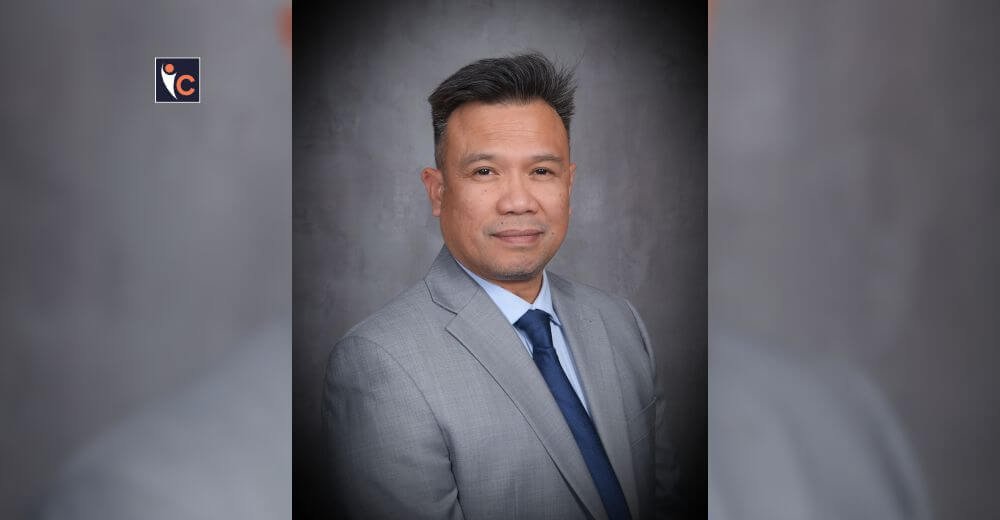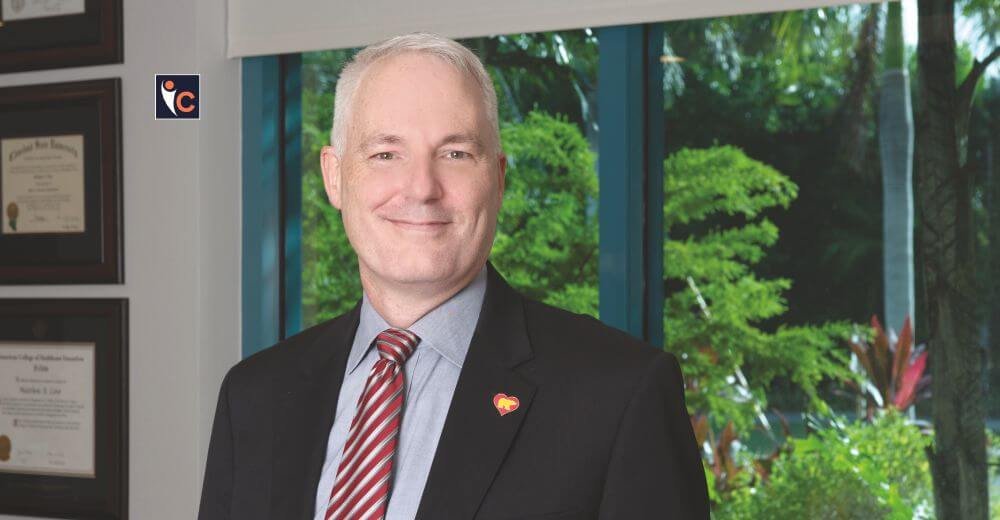Telepathy – the ability to read each other’s thoughts without the use of speech has been a staple of science fiction for decades. However, today we have come closer to it in the real world.
Scientists have come up with an advanced technology using artificial intelligence that can figure out what people are looking for, simply by monitoring brain activity. This involves AI that interacts with an algorithm to analyze brain scans and determine the user’s needs, which has led to a direct connection between computers and the brain.
With the above understanding, researchers point out that not only thoughts but also sensory experiences can be communicated from one brain to another. Petal Technology, a growth-heading healthcare disruptor, and leading business have allowed people to interact with their surroundings through their software, further responding to brainwave activity. The company, through its R&D processes, offers a software library of metrics.
Several artists, engineers, and academics have used Petal to enable their own experiences of using brain-computer interfaces. For instance, a software engineer uses Petal Metrics to stream data from multiple Muse headsets. Or, Petal Metrics API has been used to turn on a lamp through the use of a human mind.
With curiosity over the technological marvels of Petal Technology, we at Insights Care reached out to Dan Schmitz, the CEO of the company, who shares his vision of the future and offers people augmented superpowers.
Integrating R&D Effort
Petal is a neurotechnology company that makes software to measure biometric data. Dan and his team formed the company as a means to commercialize the technology that they had been researching and developing themselves.
“There is a pioneering spirit within the R&D communities that conveys optimism, curiosity, and high probabilities of discovery,” states Dan.
Appreciating the team, Dan comments, “These are the teams we have been engaged with since the beginning and who continue to inspire us to push the boundaries of what’s possible. We have had a great 2022 and look forward to helping more customers to realize the untapped potential of the human brain.”
The Journey So Far
Dan reflects on his journey to becoming the CEO of Petal Technology, where he begins by stating, “Years ago, I realized my thirst for discovery on a dinosaur bone and fossil expedition and understand vividly the thrill of searching for scientific truths. This passion is the foundation for my work in developing cutting-edge products for people in need.”
Dan was formally educated in converting research and development breakthroughs to wealth, earning valedictorian status upon completing his Master of Science in Technology Commercialization degree from the Red McCombs Business School at the University of Texas.
These pillars gave him the confidence to lead his team in pursuing ways to provide clever solutions to big problems. “It’s my team, my clients, and interactions with end users, though, that have taught me the most about leading an organization toward a better future,” comments Dan.
However, he admits that along the journey, one is always entitled to make mistakes. He states, “There have been costly mistakes and lessons that I’ve learned along the way – time that was spent that can’t be recovered.”
From these experiences, though, Dan and his team have grown wiser as a unit and can better manage their way through the foggy unknown ahead. He adds, “We are at an exciting point in our company’s growth, with strong momentum heading into the rest of the year, and I can’t wait to reveal what lies ready to emerge from beneath the dust.”
Use of Brainwave Data En-cashing Commercial Segment
Petal has found success in its first commercially-available software product, Petal Metrics, by enabling brainwave data to be remotely collected, analyzed, and delivered in real time. The software product can be used as a standalone application or integrated into existing software using PETAL’s APIs. Simply put, it is an intermediary between human brains and software systems.
Petal Metrics supports a growing number of input sensors and wearable devices that can then communicate with a limitless number of software applications and Internet-connected products.
While neurotechnology combines several sciences into a complex, complicated system of jargon, formulas, procedures, and methods that comes with steep learning curves, Petal acts as a solution and simplifies the entire process to the point where users can see their mental states with one command or the push of a button.
“We are making it as easy-as-possible to unlock the full potential of remote biometrics,” suggests Dan
To Comprehend the Brain in a Better Way
Dan and his team aim to better understand the brain so that they can augment human abilities as a species. It could mean – creating systems and methods to read signals that may indicate mental states. Dan believes that this is important in many fields but has profound potential in healthcare.
He explains, “One’s immediate environment and context have the potential to significantly influence their state of mind.”
“For instance, consider how a person might feel more anxious in a crowded train station than in solitude. Simply being in a public setting vs. a private environment may influence one’s level of awareness, fear, stress, or other detectable states,” elaborates Dan.
Additionally, having the ability to measure brains in the field as opposed to special labs or offices can provide information that was not previously possible. However, as portable biometrics becomes increasingly pervasive, Petal expects transformative improvements in access to healthcare services and products by way of telehealth, teletherapy, or just telecare in general.
Customers’ Expectations is Where to Head
The healthcare providers that survive the decade will be the ones who look to the developments of such a macroenvironment, outside of the healthcare industry.
According to Dan, “Customers are becoming summoners and learning to expect to get what they need, where and when they need it. Care is no exception.”
Advances in technology have made it easier than ever to securely gather, analyze, and deliver biometric data from anywhere.
“With customers expecting care where and when they need it, the organizations that will find success are those who modernize and grow the capability to interact with their patients and customers remotely,” believes Dan. This decision to embrace newer technologies is not trivial, especially given the high stakes in this industry.
However, the providers who fail to even consider telecare as an option will do so at their own peril.
Ideas are of Great Value
To the budding entrepreneurs who desire to venture within the software development industry, Dan advises, “You can dream and speculate and obsess over an idea until the end of time. Ideas are useless until they are put into action. Share them, do them, be open to their evolution. An idea is always perfect until it needs to actually be animated. Bring it to life to bring actual change.”
Furthering Neurotechnology
From the beginning, Petal has strived to facilitate the use of neurotechnology in products and services, being sensitized to its customers’ experience with knowledge of the underlying science and technology.
The company has already simplified the process of making brainwave data accessible and usable and will continue to provide easy-to-use products and excellent customer support.
“Looking forward, we expect to integrate Petal into more software systems and organizations so they can realize the tremendous value that comes with real-time biometric analysis software. Our teams will scale up, more detections will become available, and we will continue to build new relationships on our path toward understanding and unlocking the potential of the human brain,” concludes Dan.
Next Story: https://insightscare.com/healthtech-connex-inc-measure-test-treat-for-optimal-brain-health/










